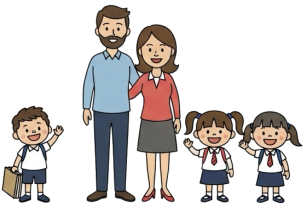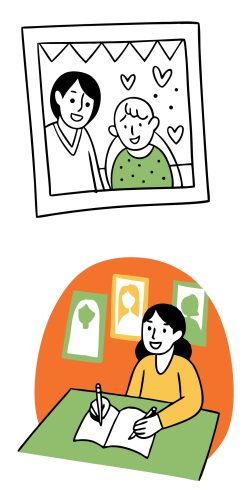
Question More, Action Knowledge.
Remember, at QMAK, we don’t just teach; we empower. We don’t just inform; we inspire. We don’t just question; we act. Become a Gold Member, and let’s unlock your child’s full potential, one question at a time.

Gratitude is one of the most powerful practices for counteracting self-pity.
When children regularly notice and appreciate the positive aspects of their lives, they naturally shift their focus away from what’s lacking or difficult toward what’s present and valuable.
This perspective shift is not about denying challenges but about developing a more balanced view that includes recognition of gifts, opportunities, and support.
These activities are designed to help children aged 7 and up develop gratitude as a habit and mindset.
Through regular practice, children learn to notice the good in their lives, express appreciation to others, and develop resilience in the face of disappointments.
Purpose: To create a visual, tangible repository of positive moments and blessings that serves as both a gratitude practice and a resource during challenging times.

Make the jar a meaningful family project:
Create a sustainable routine for adding to the jar:
Show how to express meaningful gratitude:
Use the collected gratitude notes as a resource:
Help gratitude become a habitual mindset:

Purpose: To develop the habit of noticing others’ positive impact and expressing gratitude directly, strengthening social connections while building appreciation.

Help children recognize situations worthy of expressed gratitude:
Guide the process of making cards that express genuine gratitude:
Help children articulate genuine gratitude in age-appropriate ways:
Make the giving of thanks as important as creating it:
Help gratitude expression become a natural habit:

Purpose: To develop present-moment awareness and appreciate the world around us, fostering gratitude for both natural and human-made elements of our environment.

Set the stage for a gratitude-focused experience:
Help children use all their senses to discover things to appreciate:
Create conversation that deepens the gratitude experience:
Create tangible reminders of your gratitude discoveries:
Develop this as a regular family activity:

Purpose: To establish a regular family routine that normalizes gratitude expression, creating a culture of appreciation and positive focus.

Create a sustainable practice that fits your family’s lifestyle:
Help family members express authentic appreciation:
Establish conditions that encourage open expression:
Create a record that builds family culture:
Keep gratitude sharing fresh and meaningful:

Purpose: To express appreciation through creative visual representation, making abstract gratitude concepts tangible and memorable.

Choose an art approach that resonates with your child:
Help your child identify meaningful appreciations:
Guide art creation while allowing ownership:
Enhance the project with reflective elements:
Extend the impact through meaningful presentation:

These gratitude activities help children develop:

Remember that gratitude is a skill that develops through consistent practice.
Small daily habits have more impact than occasional grand gestures.
As children develop the habit of noticing what’s good in their lives, they naturally begin to focus less on what’s missing or difficult.

The goal is to help your child develop gratitude as a natural lens through which they view the world—not denying difficulties but maintaining awareness of the good that exists alongside challenges.

Remember, at QMAK, we don’t just teach; we empower. We don’t just inform; we inspire. We don’t just question; we act. Become a Gold Member, and let’s unlock your child’s full potential, one question at a time.